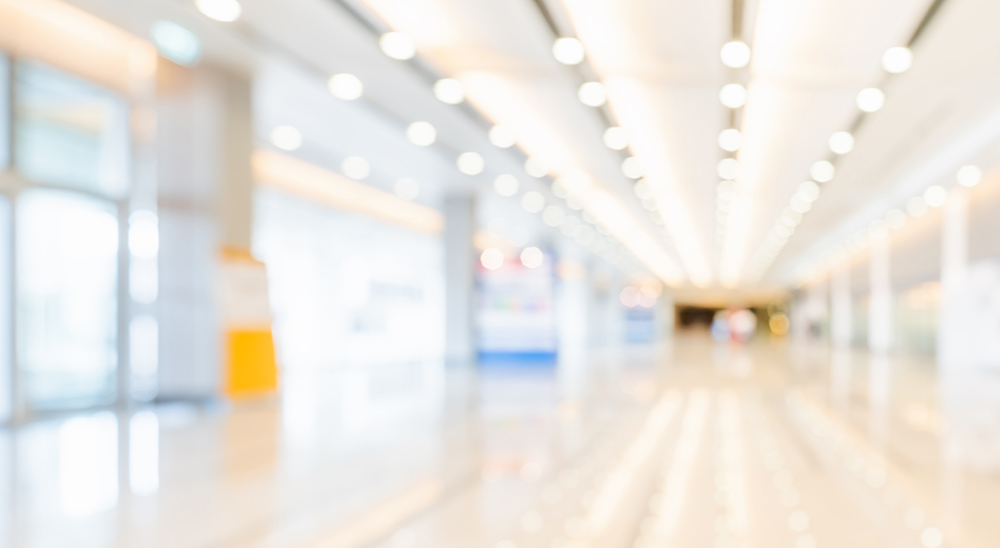In an era where sustainability drives innovation in architecture, daylighting can be one of the most effective ways to reduce energy consumption while enhancing occupant well-being. Daylighting is a strategic approach to optimizing natural light in buildings, which includes balancing thermal performance and visual comfort.
Certifications like LEED are putting increasing emphasis on daylighting strategies that improve both sustainability and human health. This intersection of design trends, technology, and environmental responsibility is shaping how architects think about light.
Benefits of in Architecture
Daylighting is the process of directing natural light into a space to reduce the need for artificial lighting. The goal is to optimize quality, quantity, and distribution of light to create comfortable, visually appealing spaces.
- Energy Efficiency – Reduces dependence on electric lighting during the day, cutting energy costs.
- Occupant Health & Productivity – Exposure to daylight regulates circadian rhythms, improving mood, focus, and sleep quality. Studies have also shown daylighting resulted in higher test scores for students and improved productivity for workers.
- Aesthetic Appeal – Natural light enhances spatial experience, texture, and color.
- Sustainability – Reduces carbon footprint and supports green building certifications such as LEED.
Emerging Daylighting Trends in Architecture
Daylighting design is evolving rapidly thanks to advancements in materials, modeling tools, and data-driven design strategies.
Using parametric modeling tools, designers can simulate daylight performance at early design stages. This allows architects to fine-tune window placement, skylight geometry, and material reflectivity for maximum daylight efficiency.
Hybrid systems combine natural and artificial lighting using sensors and daylight-responsive controls. As daylight fluctuates, artificial lights dim automatically — maintaining consistent illumination and energy savings.
Additionally, daylighting trends increasingly align with biophilic design principles, emphasizing visual connections to the outdoors, use of natural materials, and adaptive lighting conditions that mimic nature.
How Daylighting Contributes to LEED Credits
For architects and developers pursuing LEED certification, daylighting can directly contribute to multiple credit categories under LEED v4.1.
Key LEED Credits for Daylighting
| LEED Category | Credit Name | Daylighting Contribution |
| Energy & Atmosphere (EA) | Optimize Energy Performance | Reduces lighting energy use and cooling loads |
| Indoor Environmental Quality (EQ) | Daylight (EQc7) | Recognizes projects achieving appropriate daylight illuminance levels (300 lux to 3,000 lux for at least 55–75% of regularly occupied spaces) |
| Indoor Environmental Quality (EQ) | Quality Views (EQc8) | Ensures building occupants have visual connections to outdoor environments |
| Innovation (IN) | Innovative Design | Exemplary daylighting performance can qualify for innovation credits |
LEED Daylighting Strategies
Daylight simulations should be performed to document compliance with LEED EQc7 thresholds and to ensure optimal daylight performance within interior spaces. Over-glazing should be avoided to minimize glare and excessive solar heat gain, maintaining both visual comfort and energy efficiency. The use of high-performance glazing with carefully selected visible transmittance (VT) and solar heat gain coefficient (SHGC) values helps balance daylight penetration and thermal control. Additionally, incorporating light diffusion strategies—such as translucent materials, louvers, or diffusing skylights—promotes even light distribution throughout the space, enhancing occupant comfort and the overall quality of the indoor environment.
Architectural Daylighting Applications
- Office Buildings – Daylighting improves employee productivity and reduces absenteeism. Architects often integrate north-facing windows, clerestories, and atriums to distribute soft, indirect light across open workspaces.
- Educational Facilities – In schools, daylighting enhances student concentration and performance.
- Athletic Facilities and Recreation – Stadiums, gymnasiums, and other recreational facilities are ideal spaces for daylighting applications, due to the versatility of daylighting systems and cost-savings.
- Healthcare Environments – Hospitals leverage daylight to improve patient recovery times and reduce stress. Designers use light-filled corridors and patient rooms with controlled shading systems for comfort and privacy.
- Industrial Spaces – Industrial buildings, such as warehouses, manufacturing facilities, maintenance buildings, and data centers, experience many benefits from daylighting, including improved production and decreased energy consumption.
- MRO Hangars – Aircraft maintenance hangars require ample light for operations and can benefit greatly from energy savings and anti-glare daylighting solutions
- Retail and Cultural Spaces – Museums, galleries, and retail stores use daylighting to enhance spatial drama and showcase products or artworks naturally, supported by adaptive lighting controls.
Best Practices for Effective Daylighting Design
To balance aesthetics, energy, and comfort, architects should follow daylighting design best practices.
- Model Early: Integrate daylight simulations in early design stages. Coordinating with a daylighting designer can help reduce project expenses by integrating necessary structural placements early on.
- Control Glare: Use shading systems, overhangs, and reflective ceilings. Innovative daylighting materials can help reduce glare and provide the perfect balance of light.
- Balance Orientation: Maximize north/south exposure; minimize east/west exposure.
- Select Finishes Wisely: Light-colored surfaces improve reflectance and daylight diffusion.
The Future of Daylighting Design
The next decade will see technology-assisted daylighting optimization and optimized façades. The goal: smarter, healthier, and more human-centered buildings.
Daylighting will continue to play a pivotal role in net-zero energy and carbon-neutral architecture, bridging the gap between sustainability and design innovation.
As sustainability standards evolve, daylighting design remains one of the most impactful and elegant strategies for achieving energy efficiency and human wellness. By aligning with LEED daylighting credits and leveraging cutting-edge trends, architects can create environments that are both beautiful and high performing.





